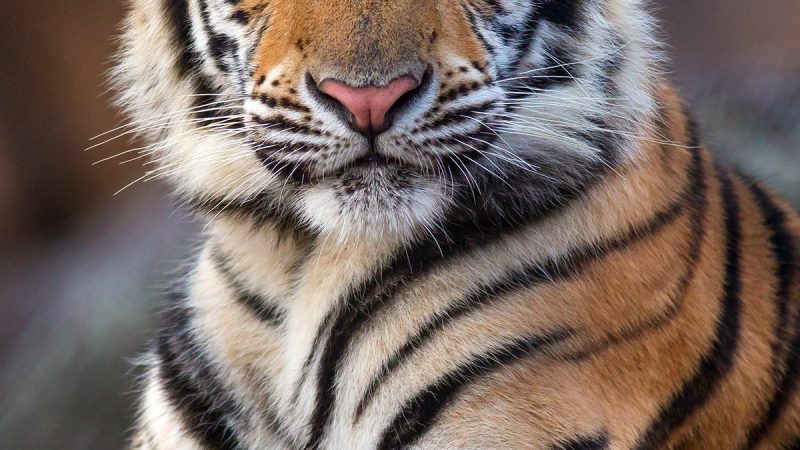In the meadows and gardens of Europe, a spectacular burst of color takes flight—the European Goldfinch (*Carduelis carduelis*). Revered for its vibrant plumage and cheerful melodies, this petite and charming bird holds a special place in the hearts of birdwatchers and nature enthusiasts across the continent. Serving as a symbol of beauty and grace, the European Goldfinch has captivated the imagination of poets, artists, and bird lovers throughout history. This article delves into the captivating world of the European Goldfinch, exploring its appearance, behavior, and cultural significance within the landscapes it graces.

Measuring around 12-13 centimeters (4.7-5.1 inches) in length, the European Goldfinch is a small passerine bird. Its most remarkable feature lies in its splendid plumage—a stunning interplay of bright colors. The head and face of the goldfinch are adorned with a vibrant crimson-red mask, accentuated by a striking jet-black cap. Warm olive-brown hues grace its back and wings, while soft buff-white tones envelop its underparts.
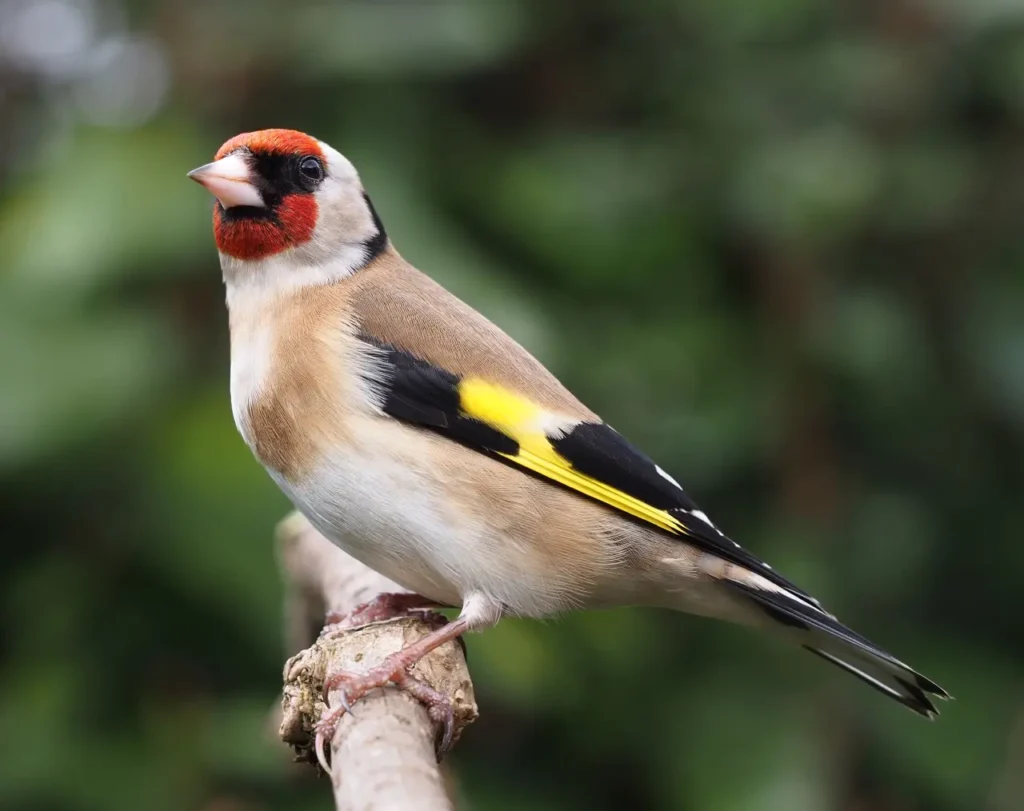
Yet, it is the wings that set the European Goldfinch apart—wings adorned with brilliant yellow patches. These patches come alive in flight, providing a burst of color that further enhances the bird’s allure.
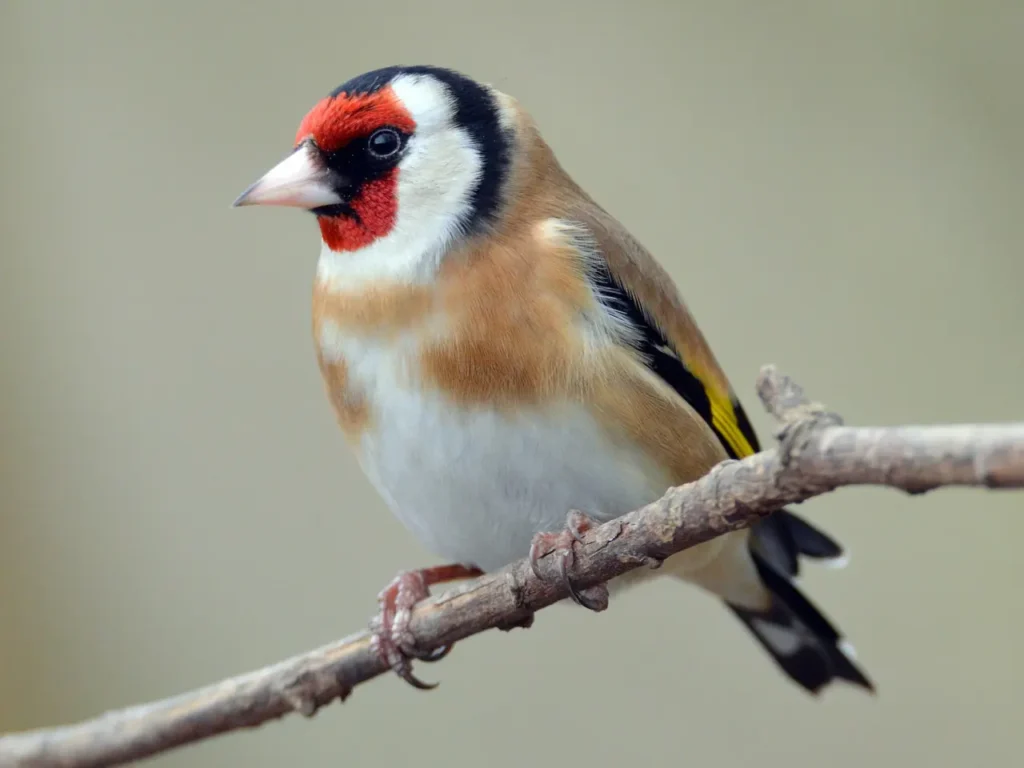
Active and social, the European Goldfinch is often spotted in small flocks, flitting amongst trees and shrubs in pursuit of nourishment. Its diet is primarily composed of seeds, with a particular penchant for those from thistle and composite plants. Its specialized bill aids in extracting seeds from thistle heads and other pods.
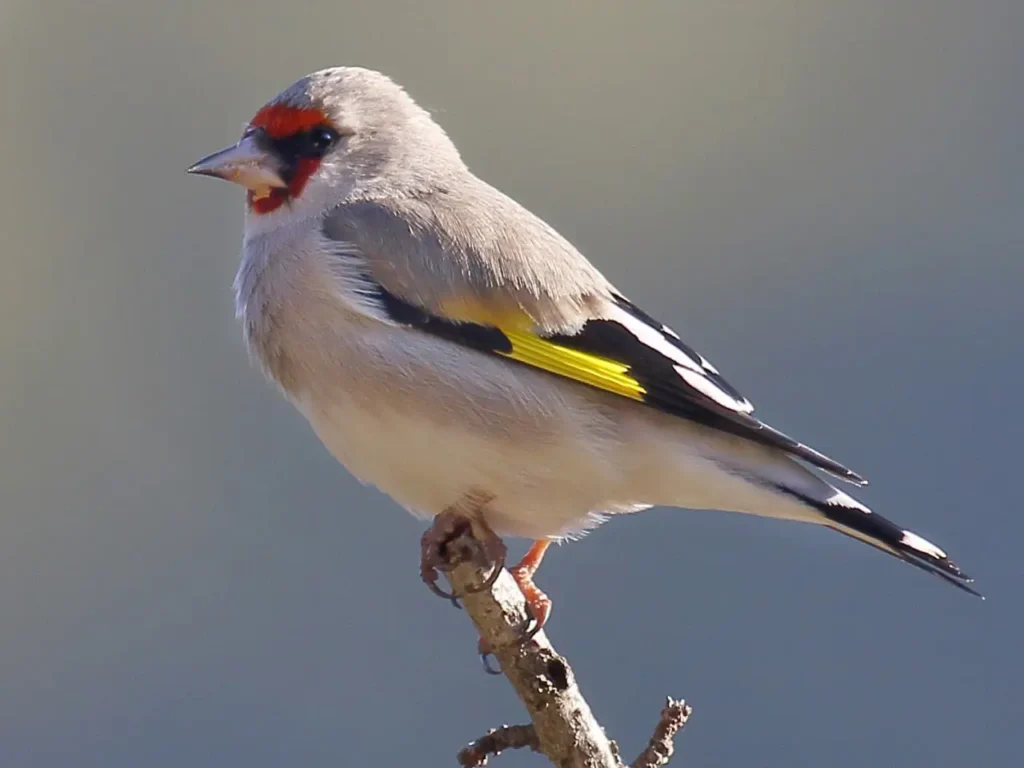
Among its many charms, the European Goldfinch’s melodious song stands out. The male goldfinch takes center stage during the breeding season, serenading with a delightful medley of chirps, trills, and twittering notes. This musical symphony fills the air, casting a joyous aura over its surroundings.
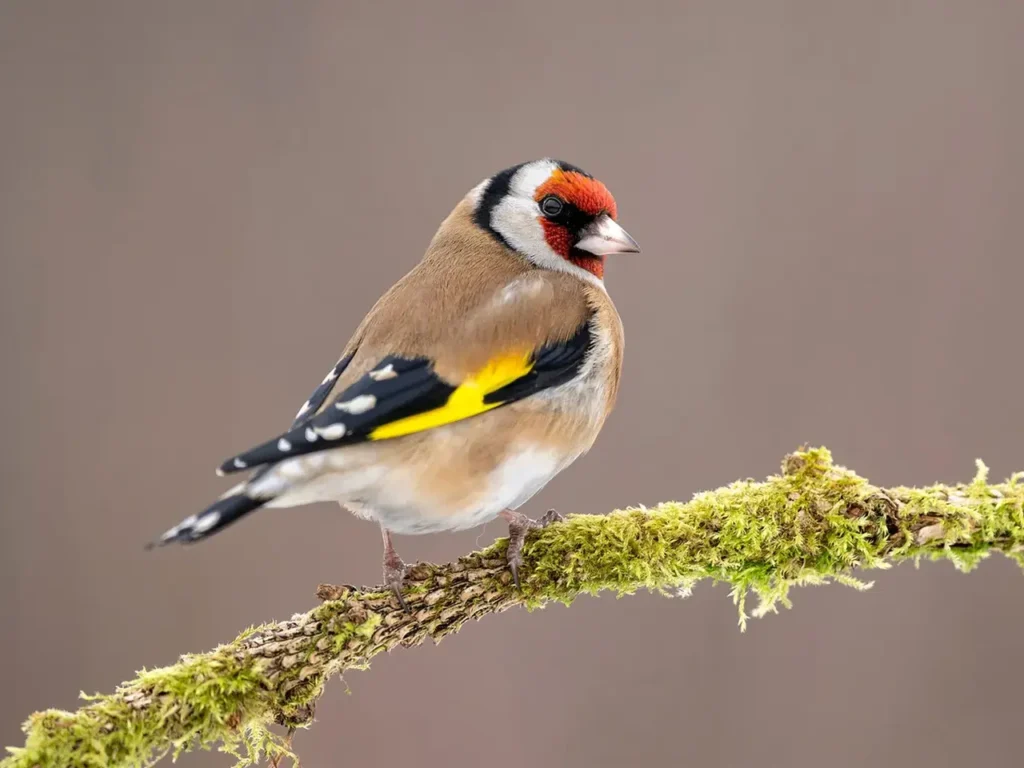
The European Goldfinch boasts a wide distribution across Europe, North Africa, and western Asia. Its adaptability to various habitats, including woodlands, hedgerows, gardens, and urban green spaces, contributes to its prevalence and population.
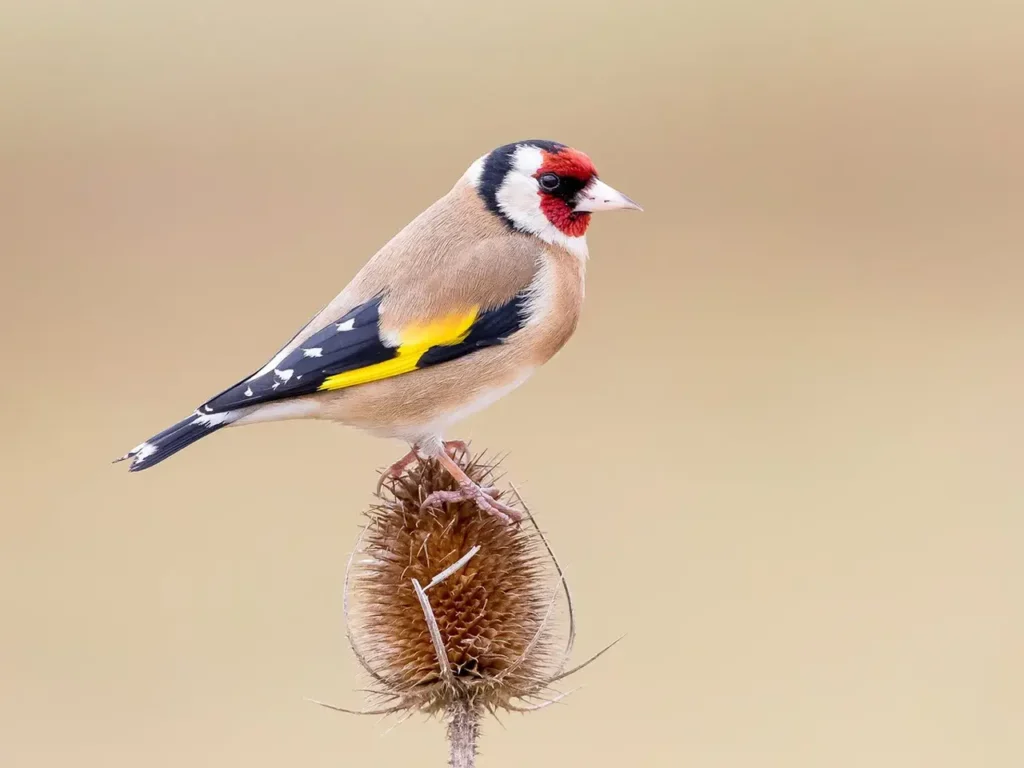
Throughout history, the European Goldfinch has assumed cultural significance in various societies. Its beauty and song have inspired poets, artists, and writers who often portray it as a symbol of beauty, grace, and happiness. In certain cultures, the goldfinch carries mythological and symbolic connotations, representing spiritual awakening, rejuvenation, and contentment.
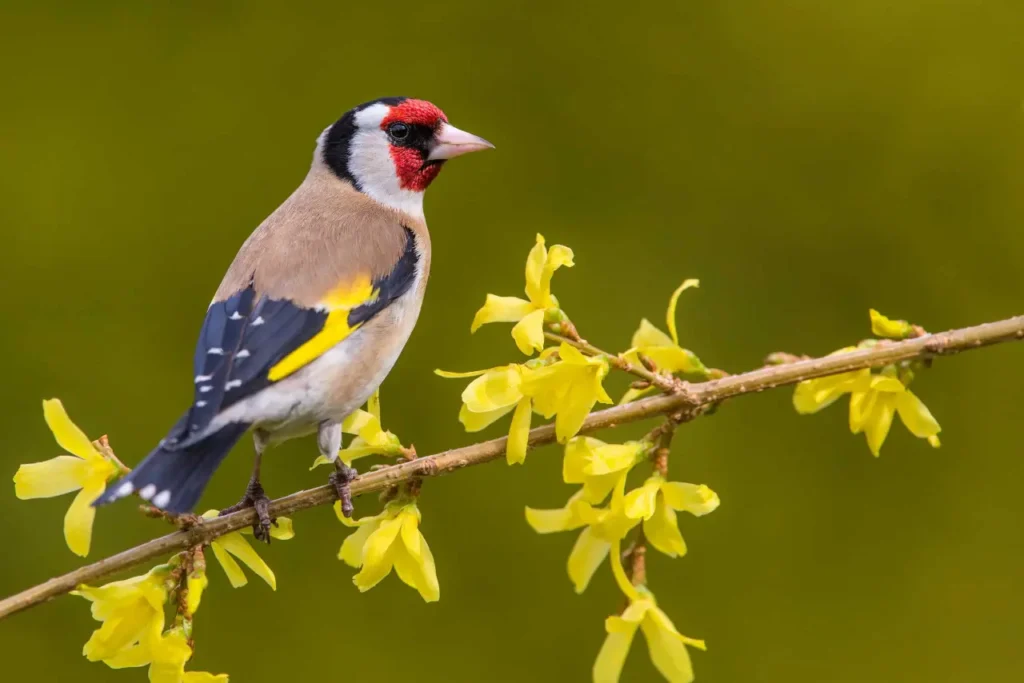
The European Goldfinch’s global status is not one of immediate threat, with populations remaining stable across much of its range. However, like numerous other avian species, it confronts potential challenges from habitat degradation and shifts in land usage. Conservation endeavors centered around preserving green spaces, fostering bird-friendly habitats, and safeguarding natural ecosystems play a pivotal role in ensuring the well-being of the European Goldfinch and its avian counterparts.
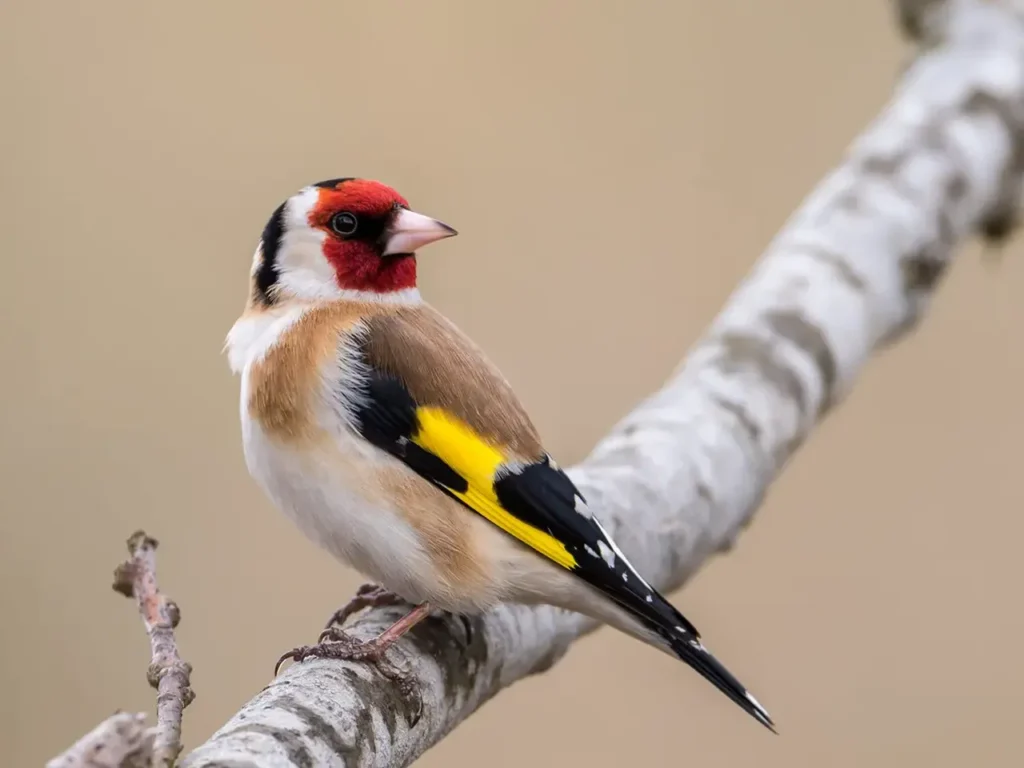
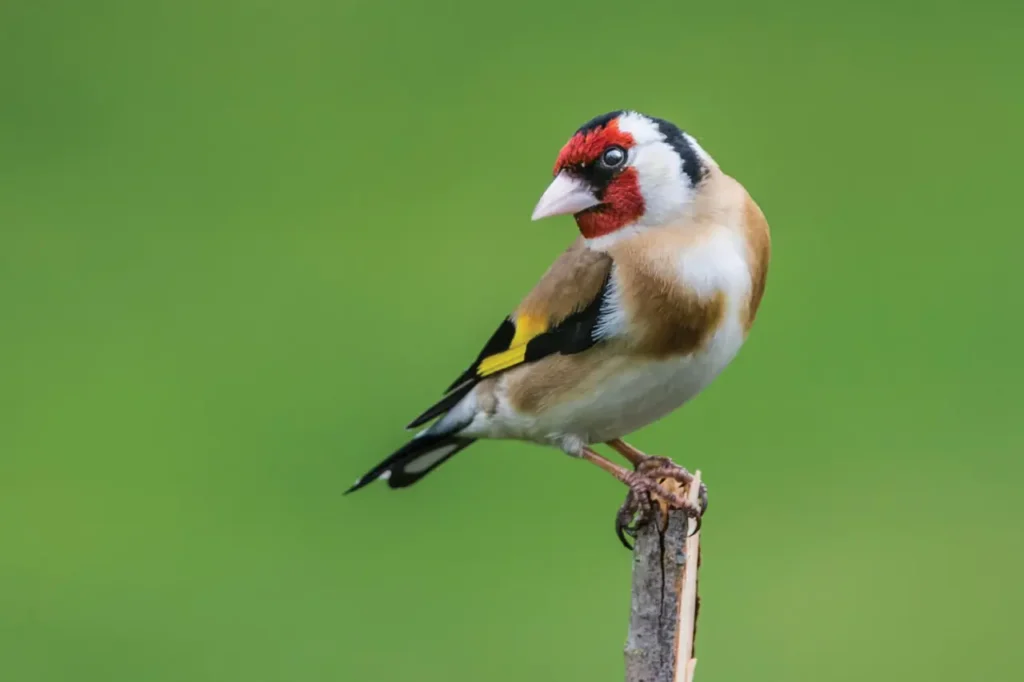
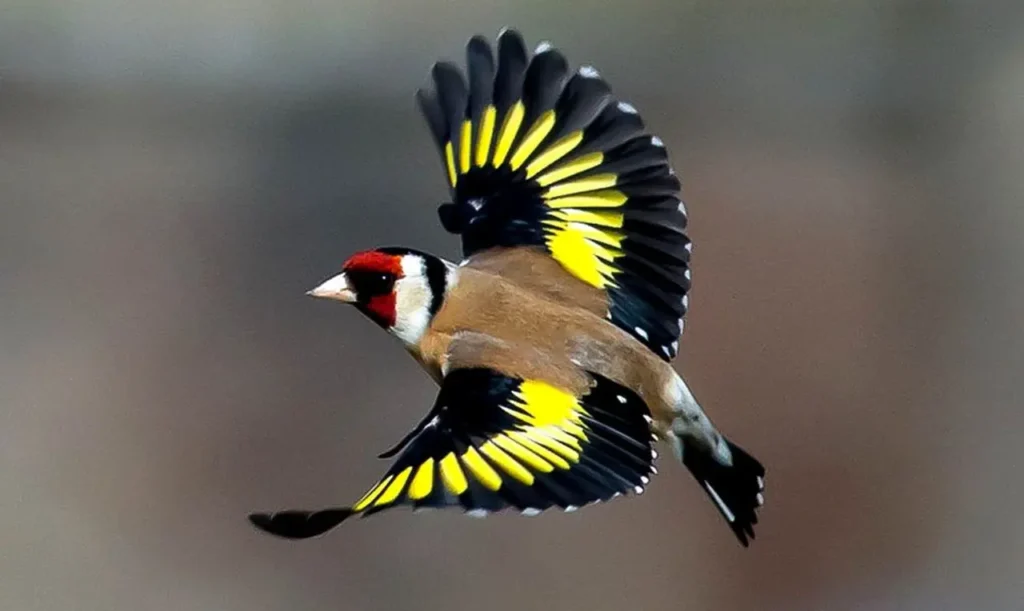
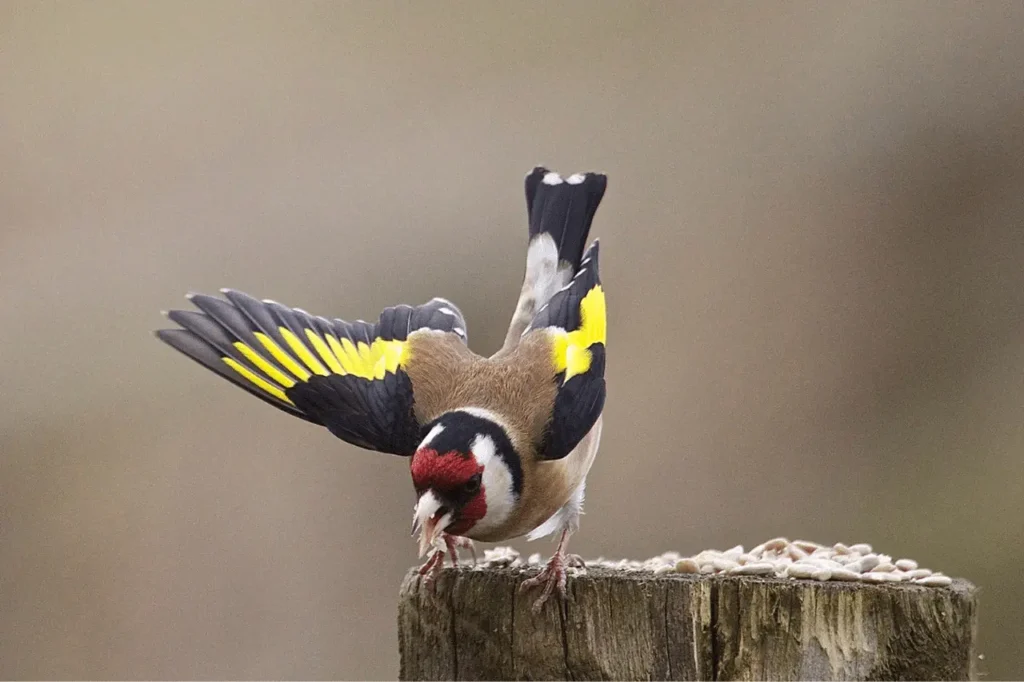
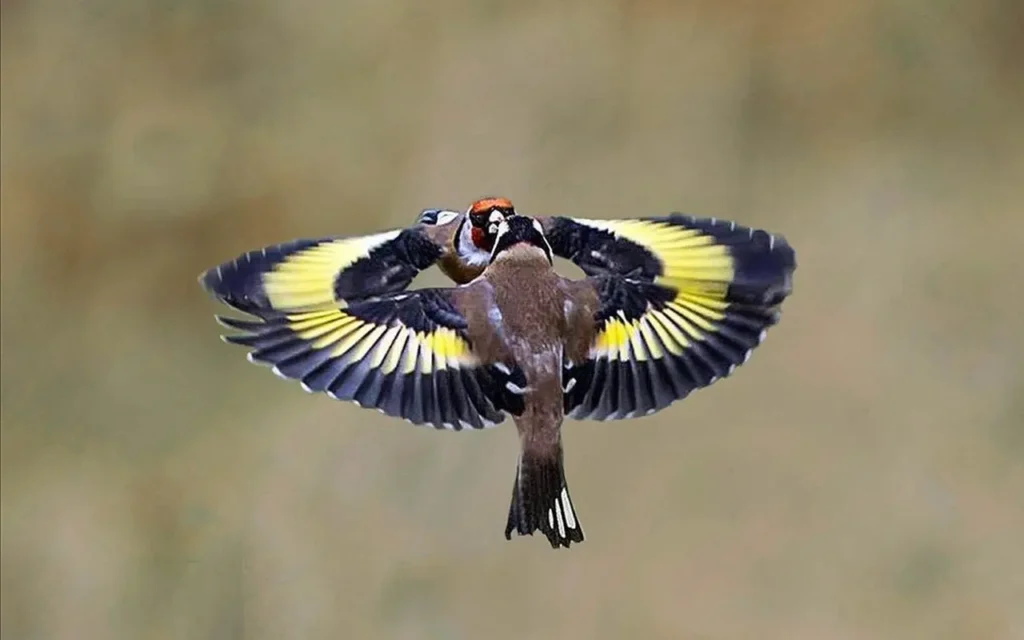
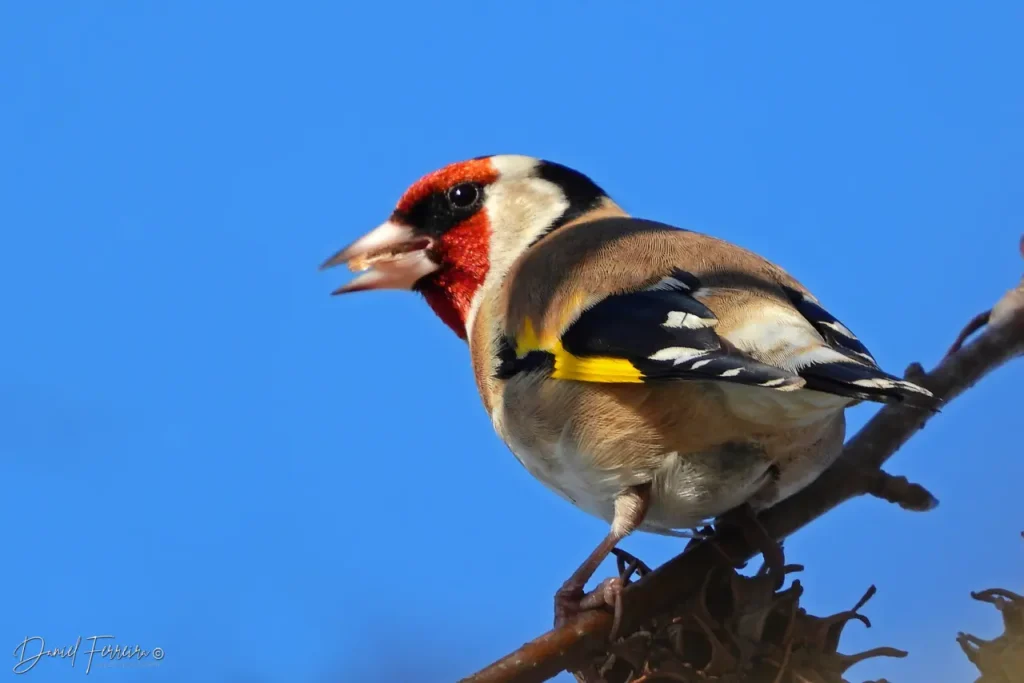

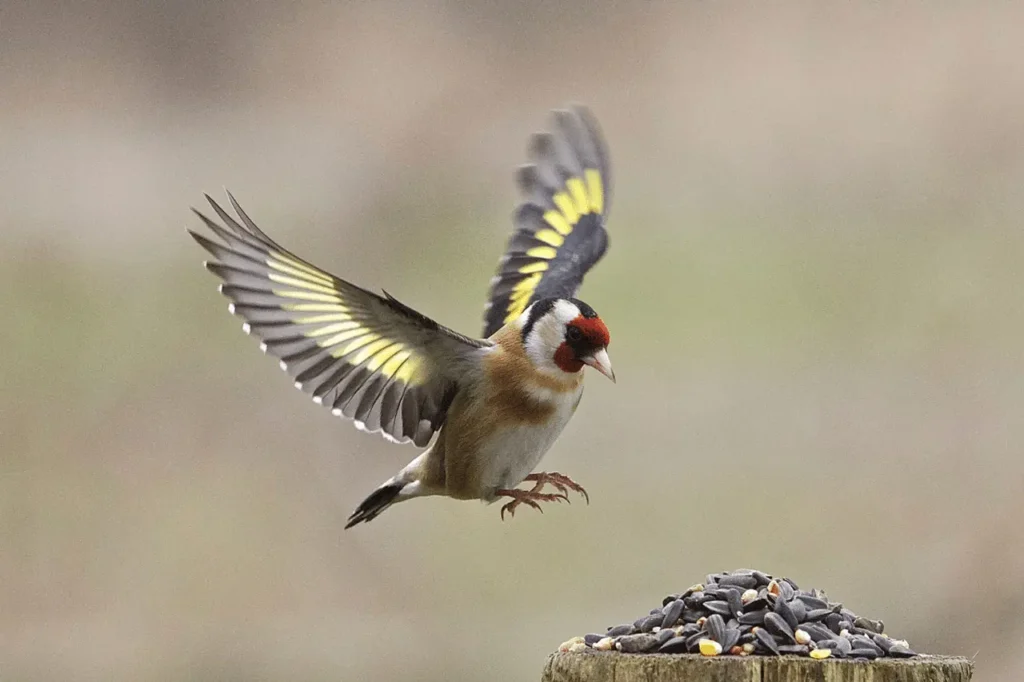
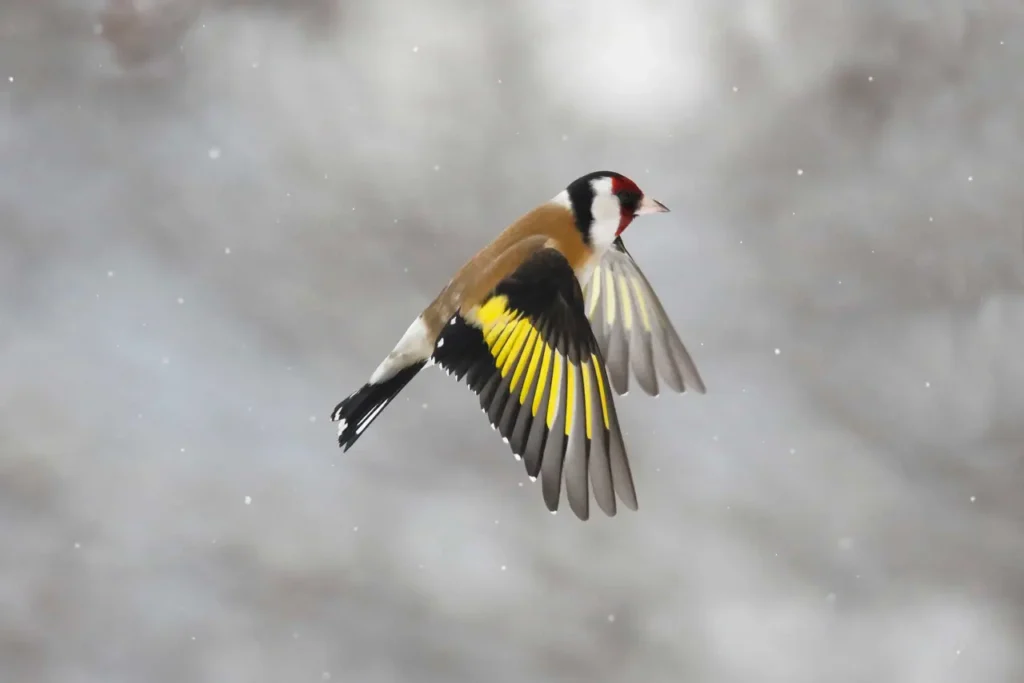
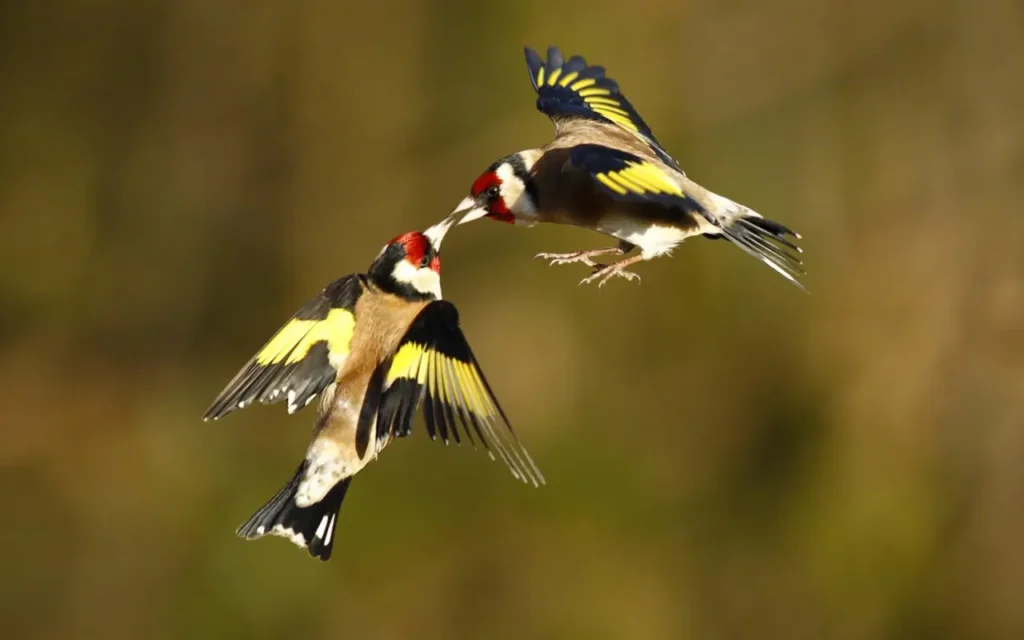
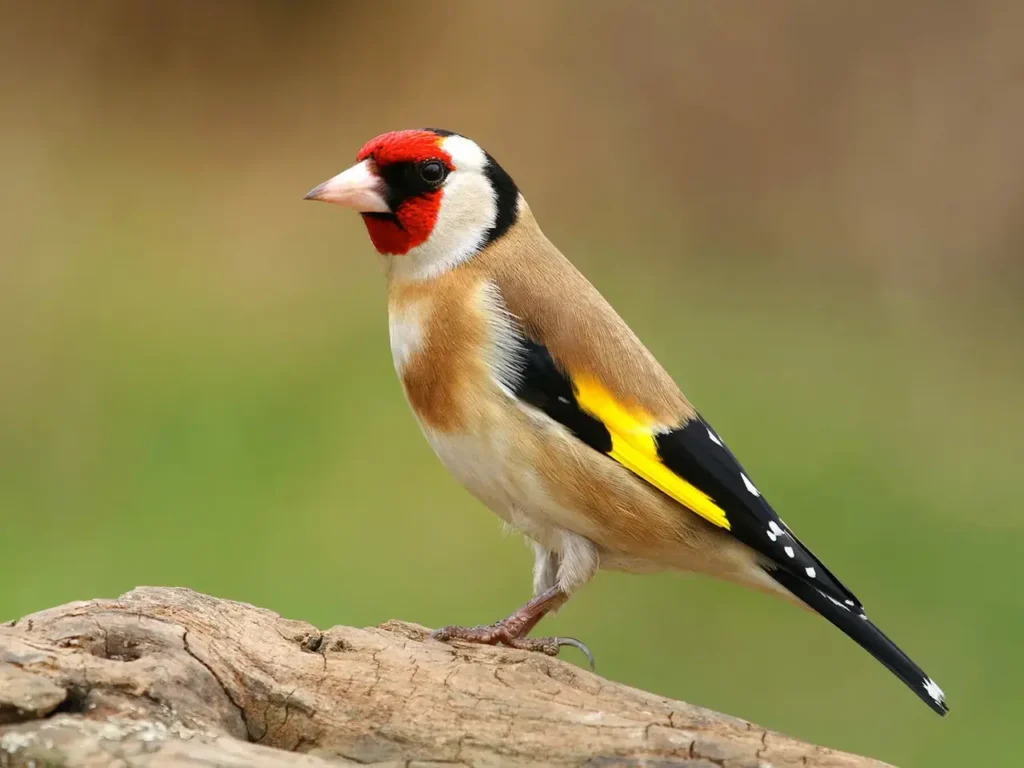
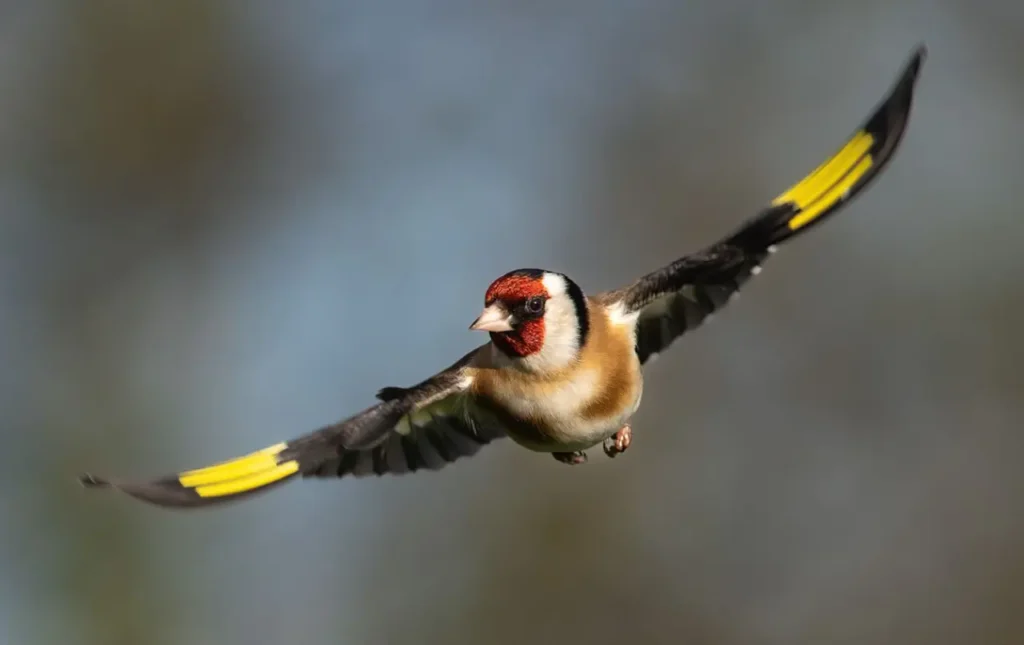
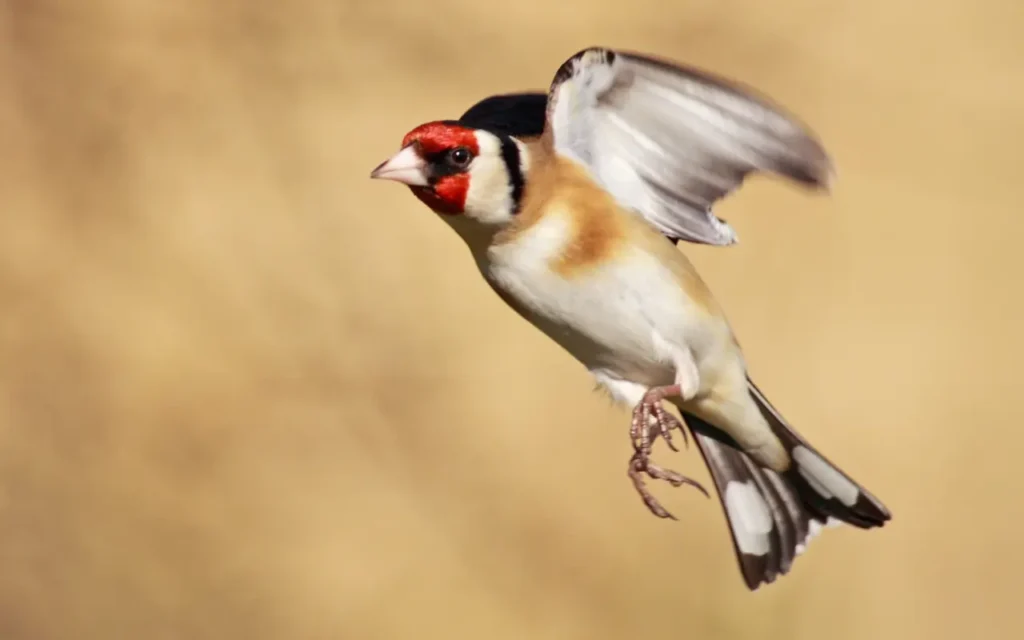
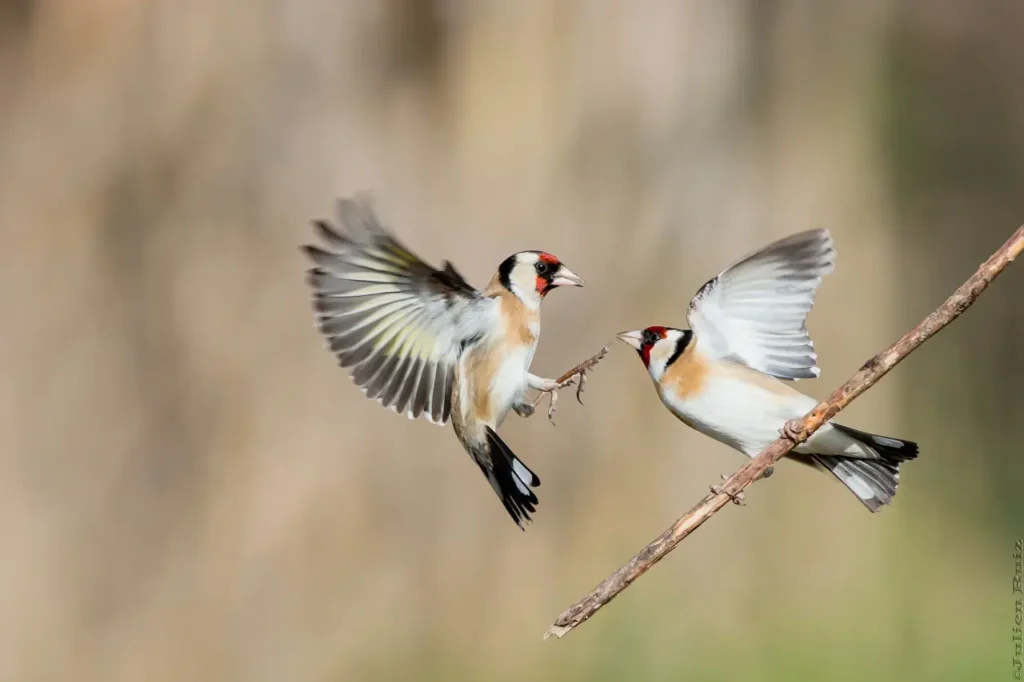
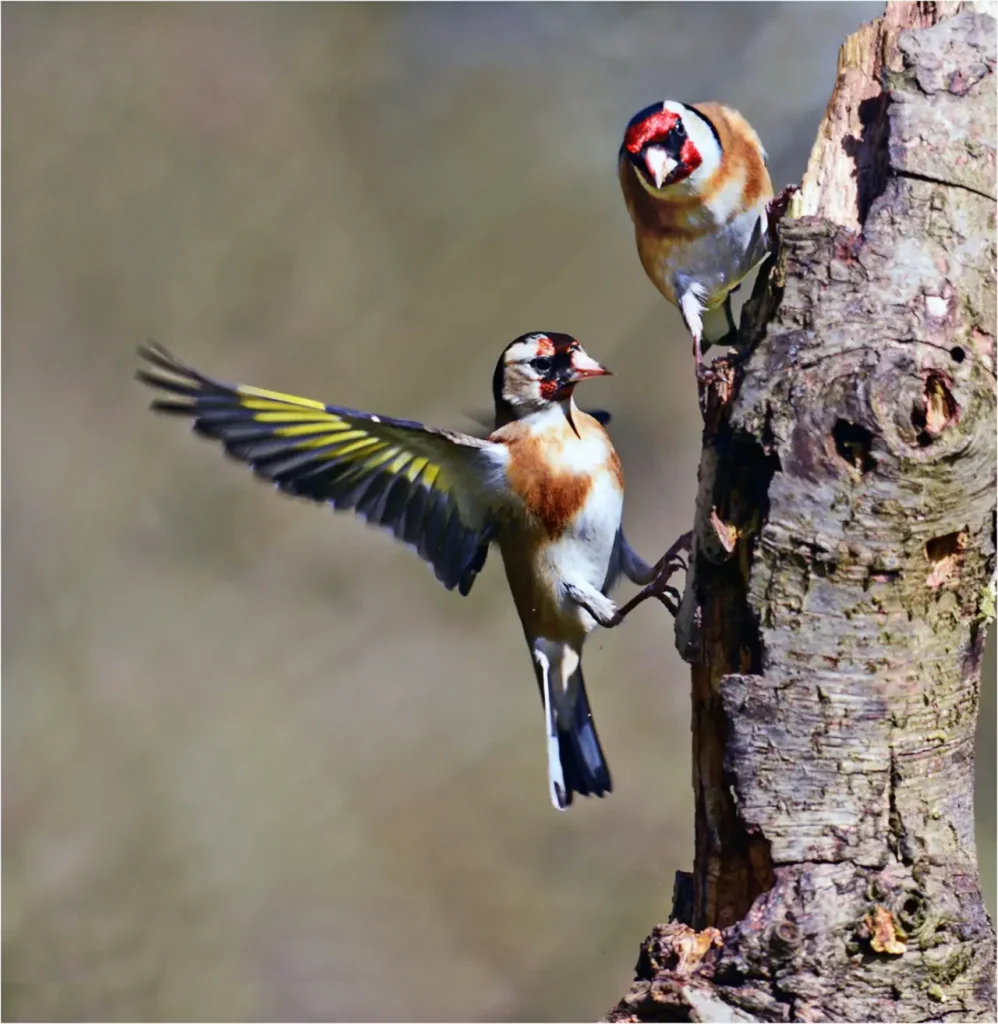
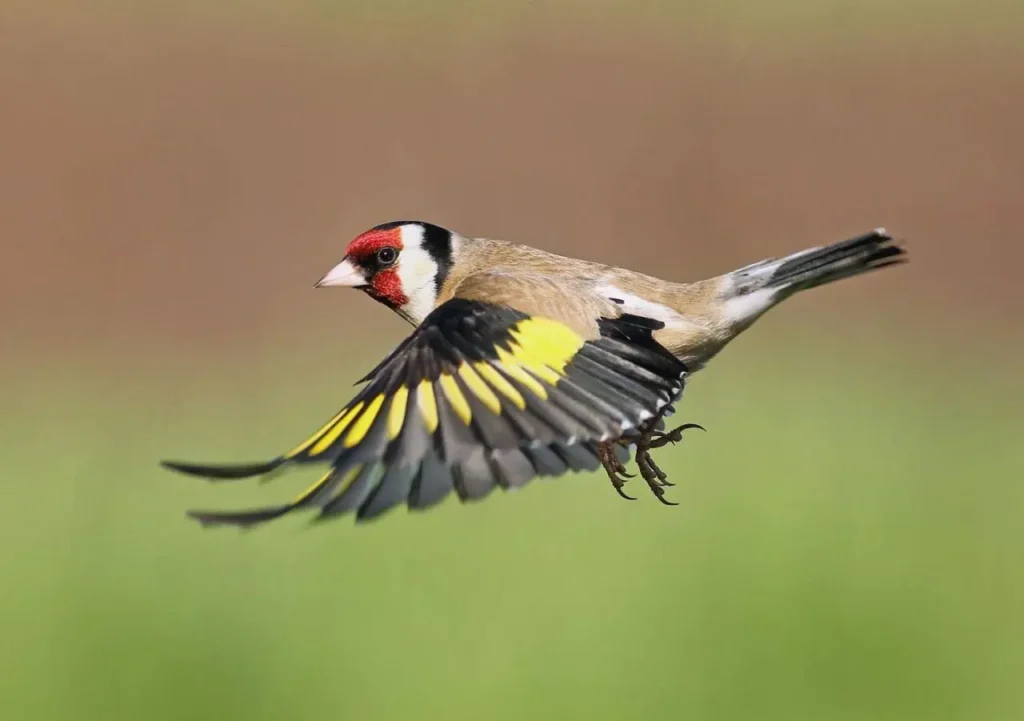
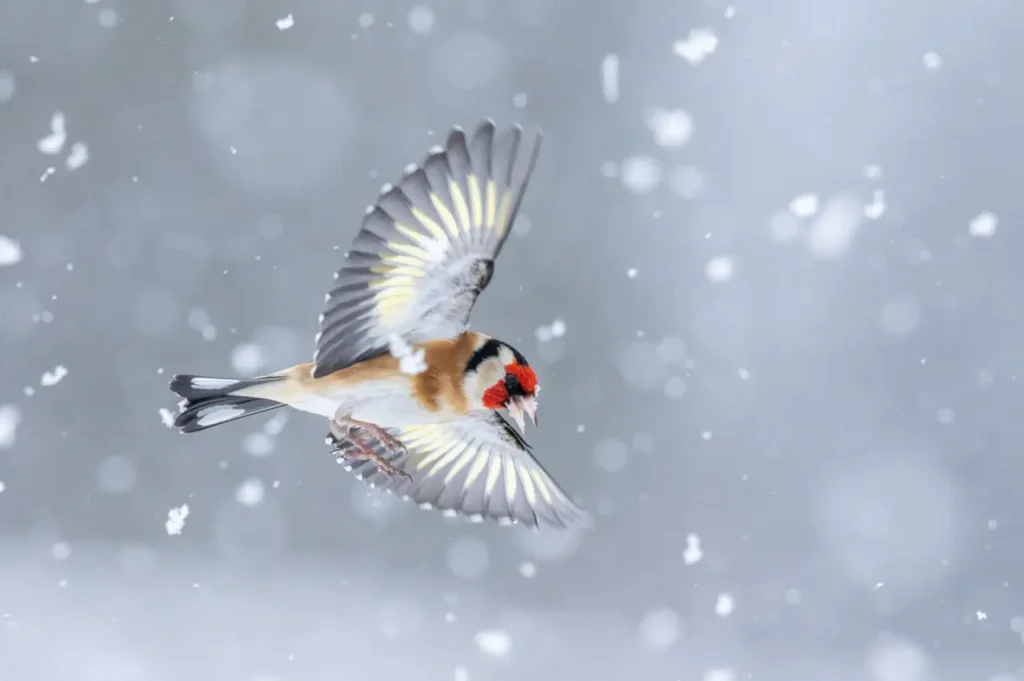
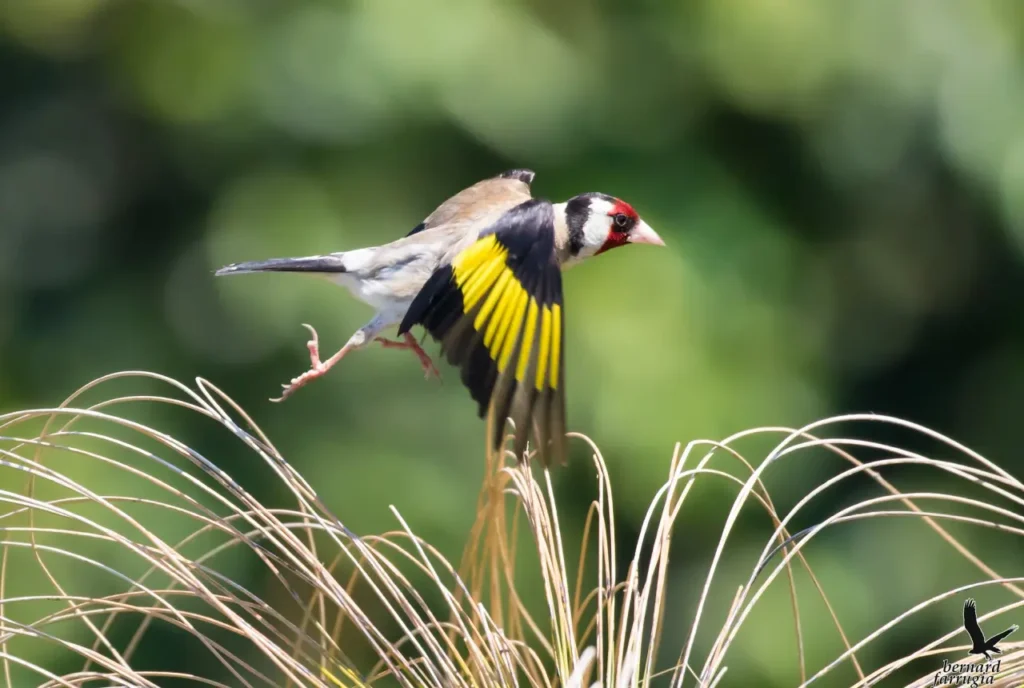
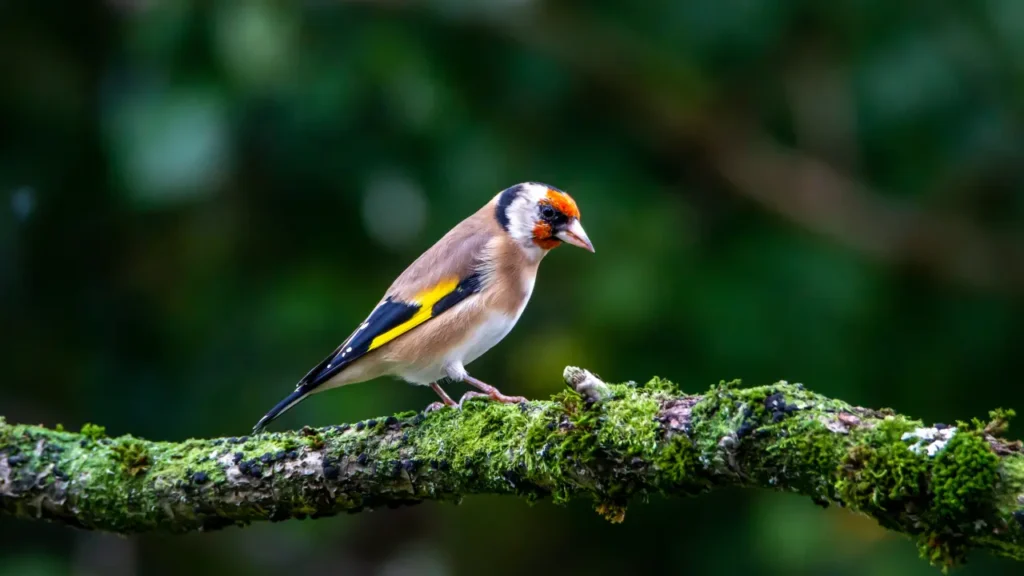
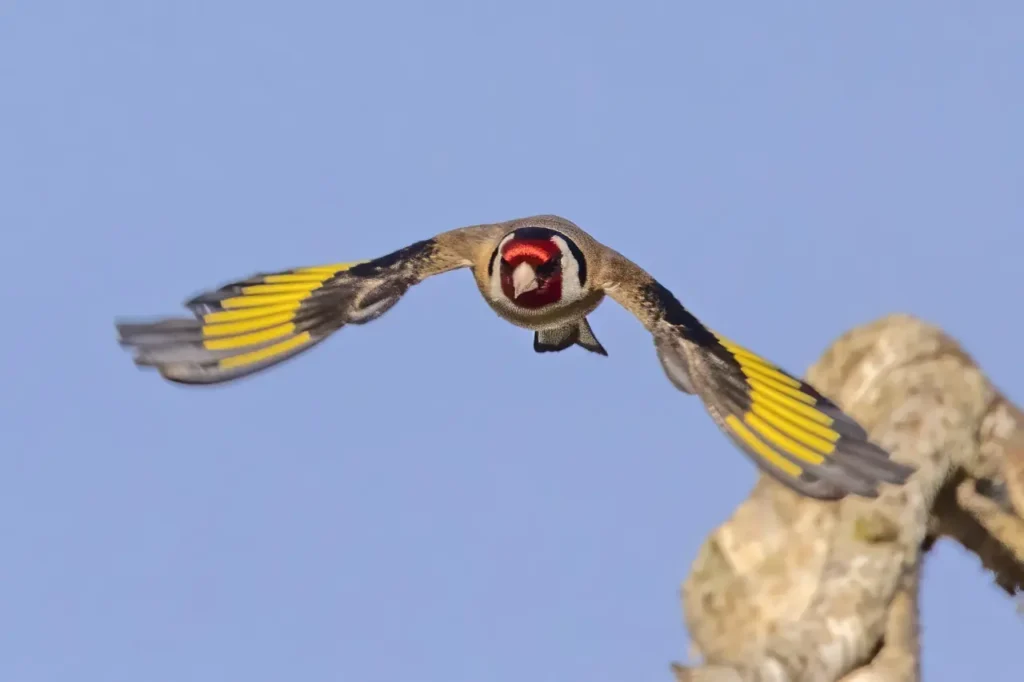
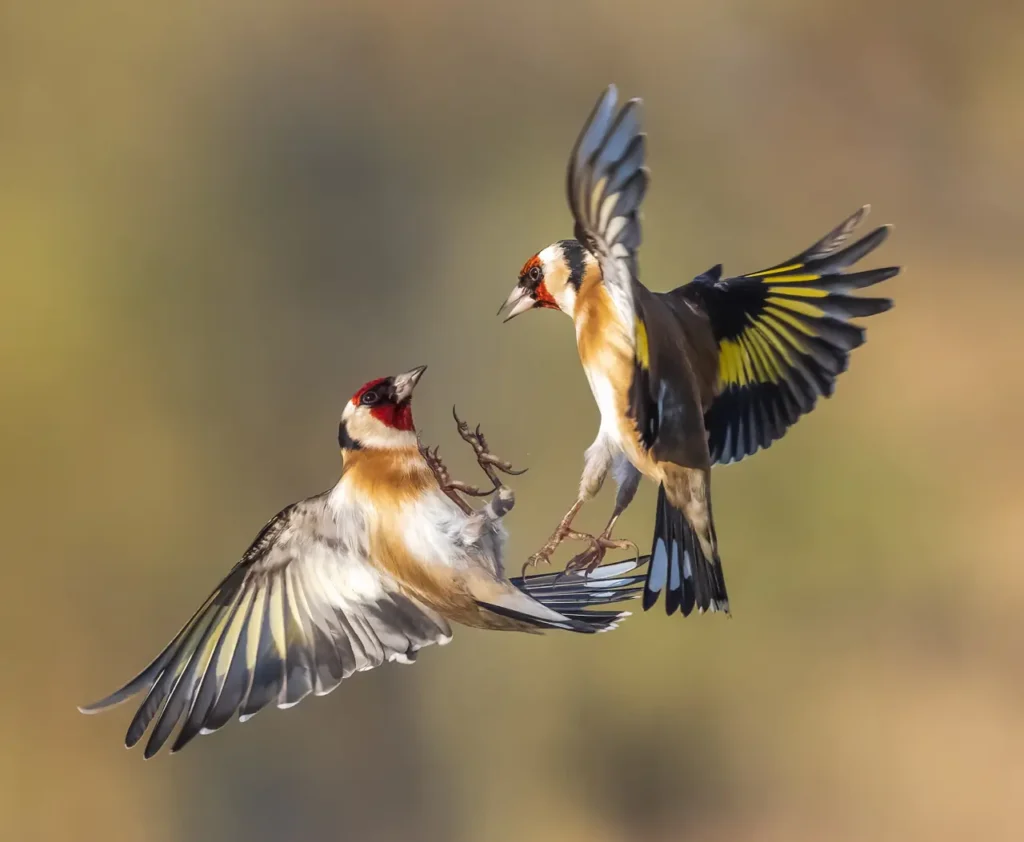
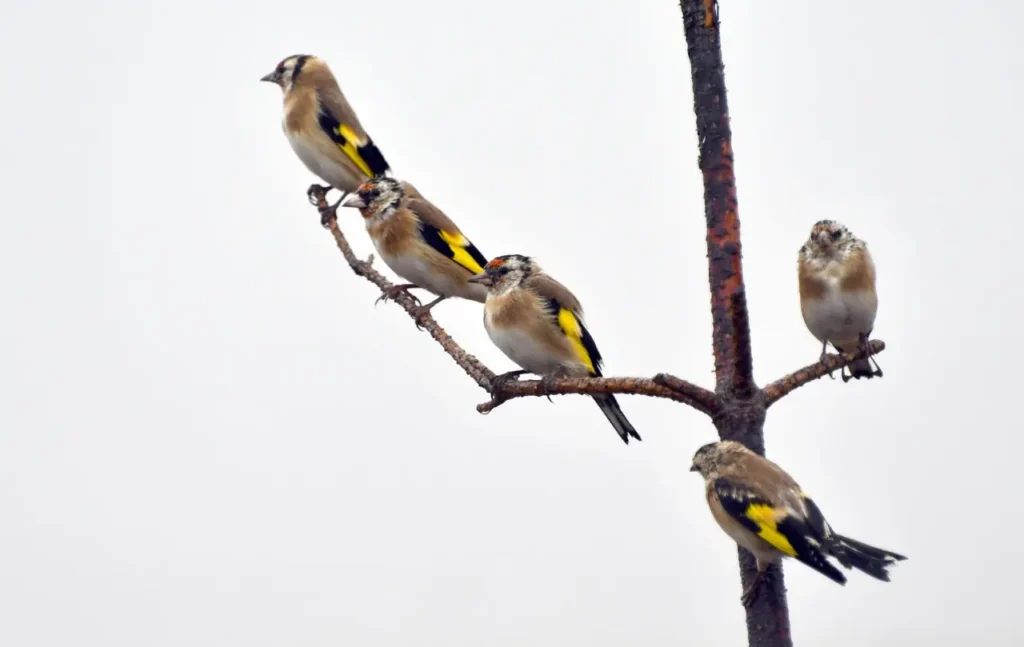
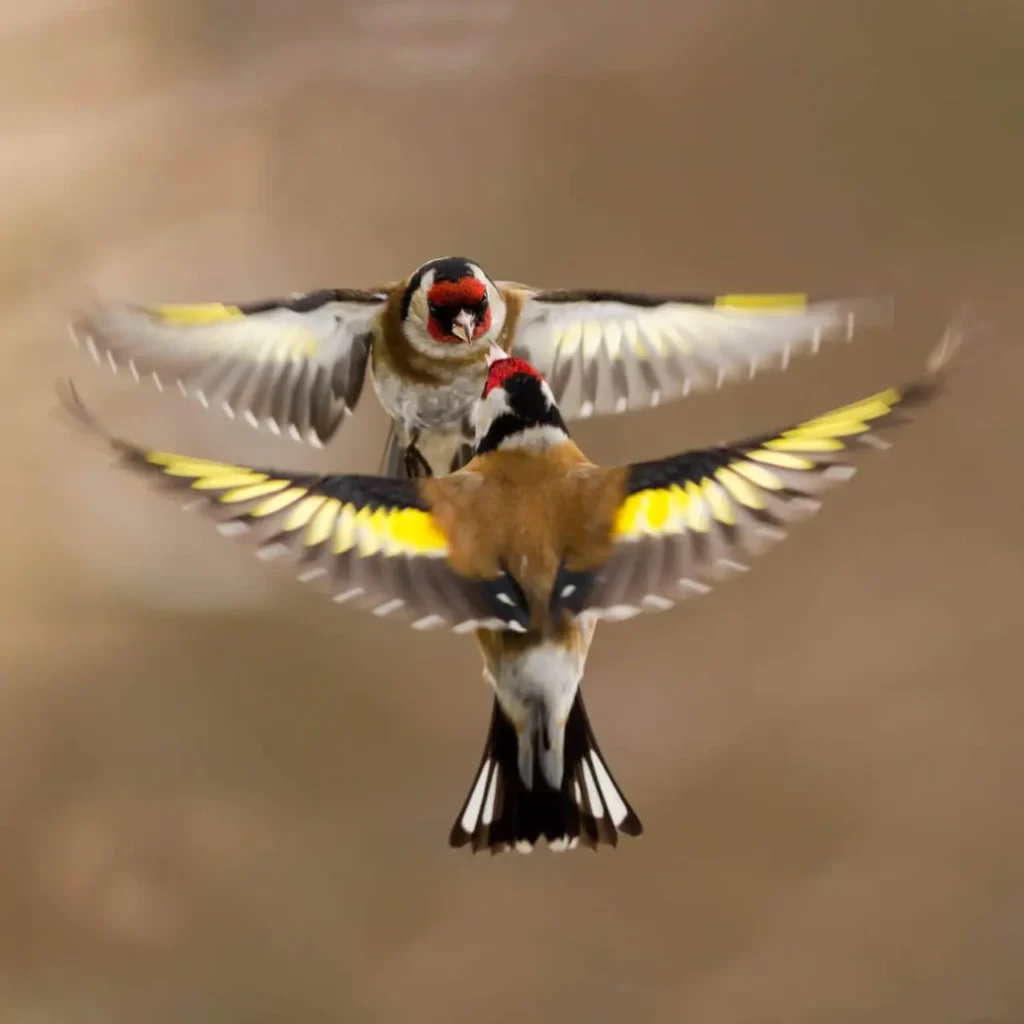
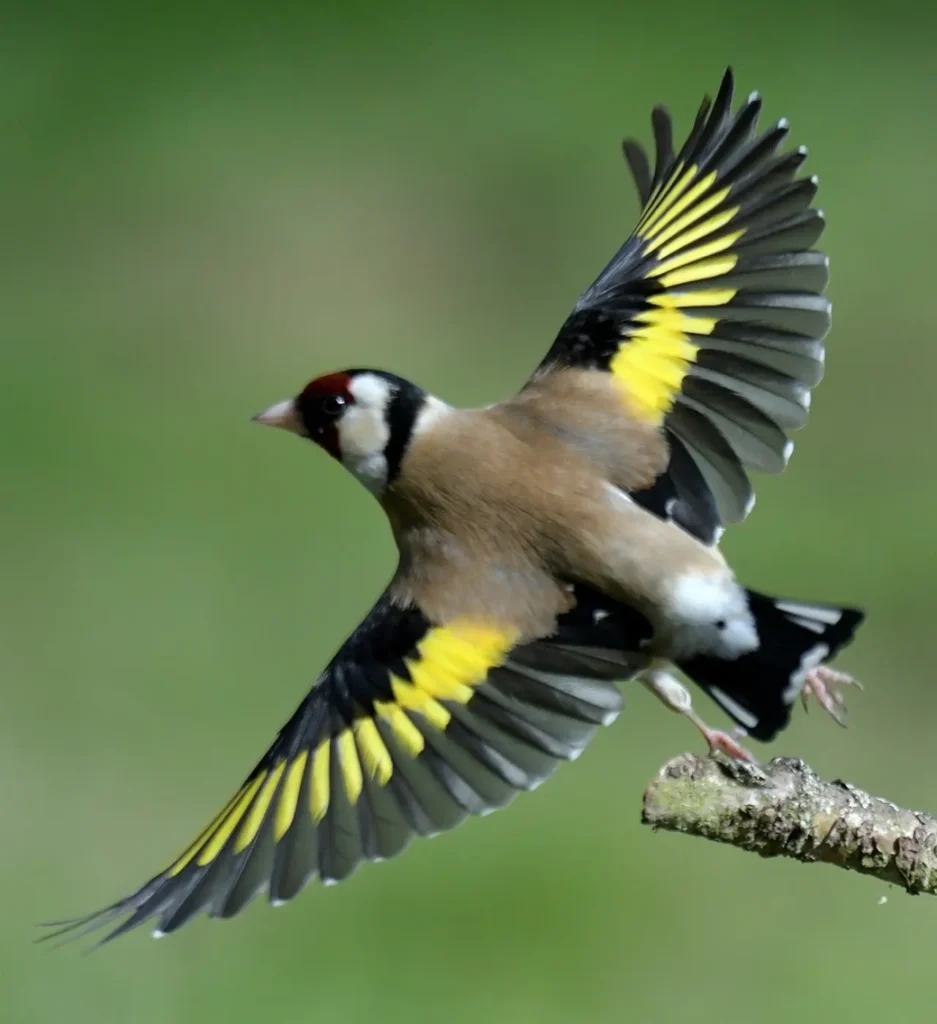
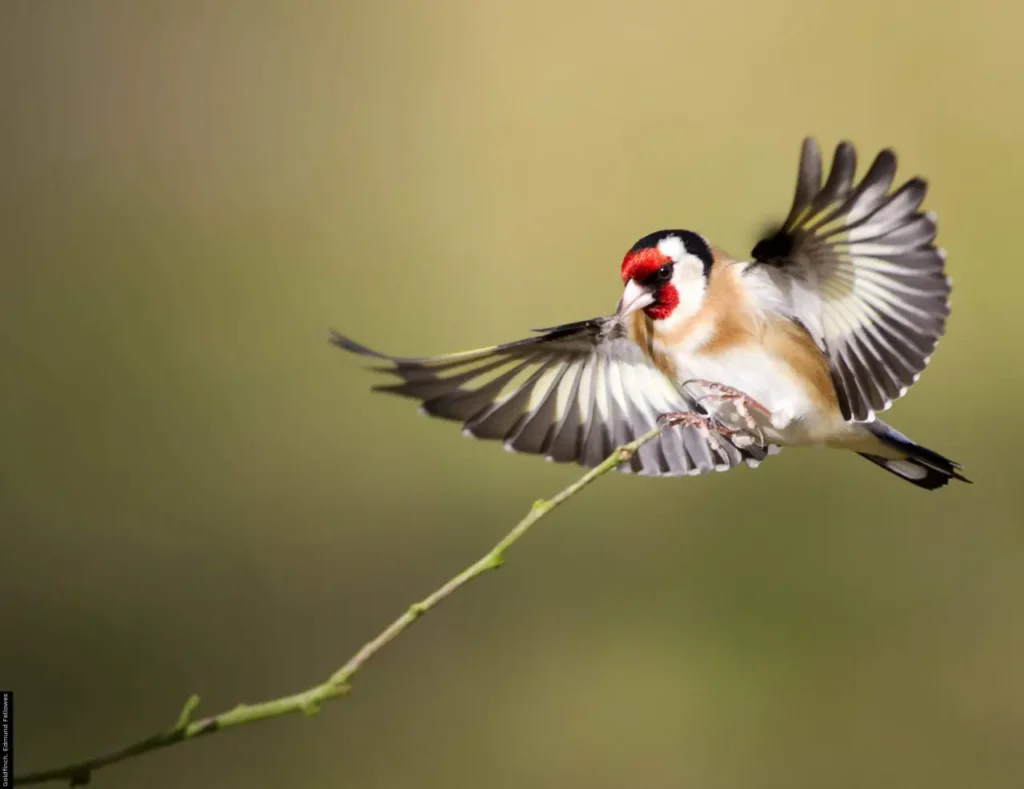
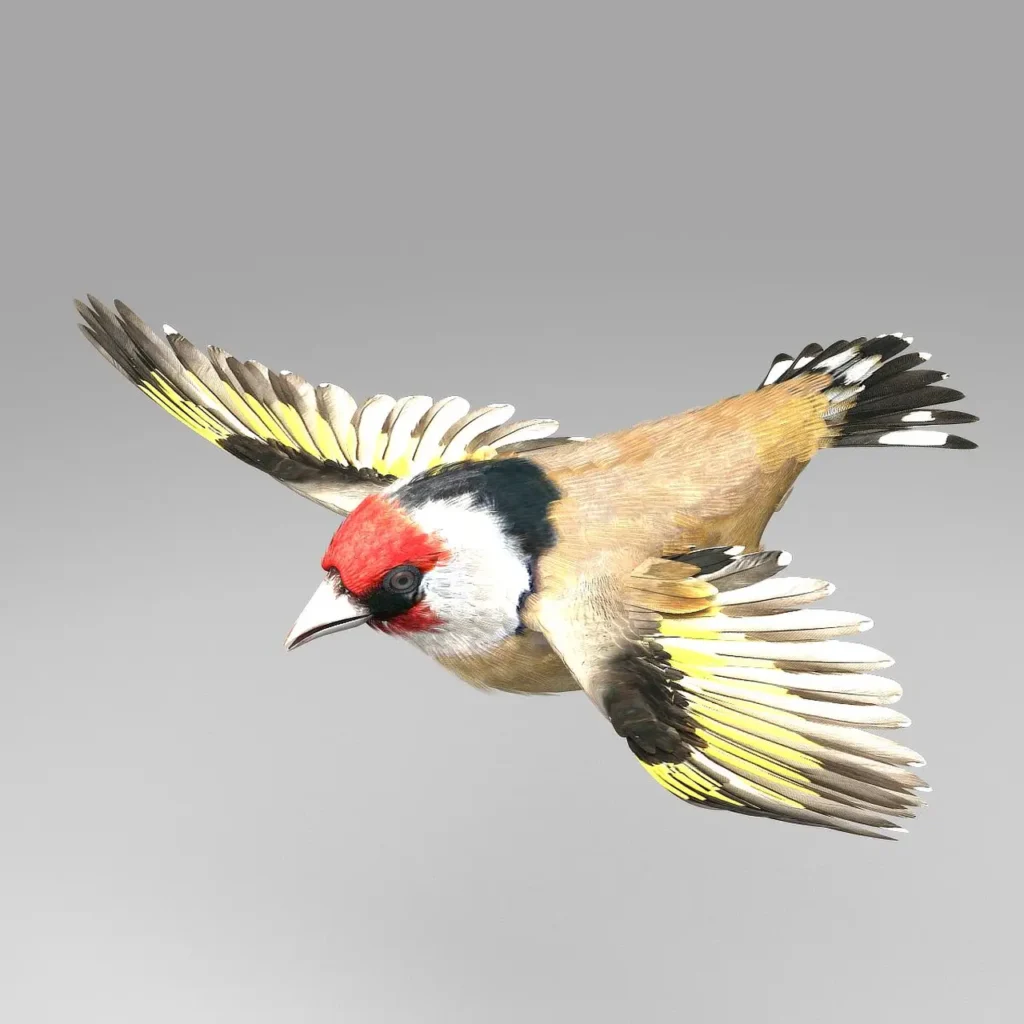
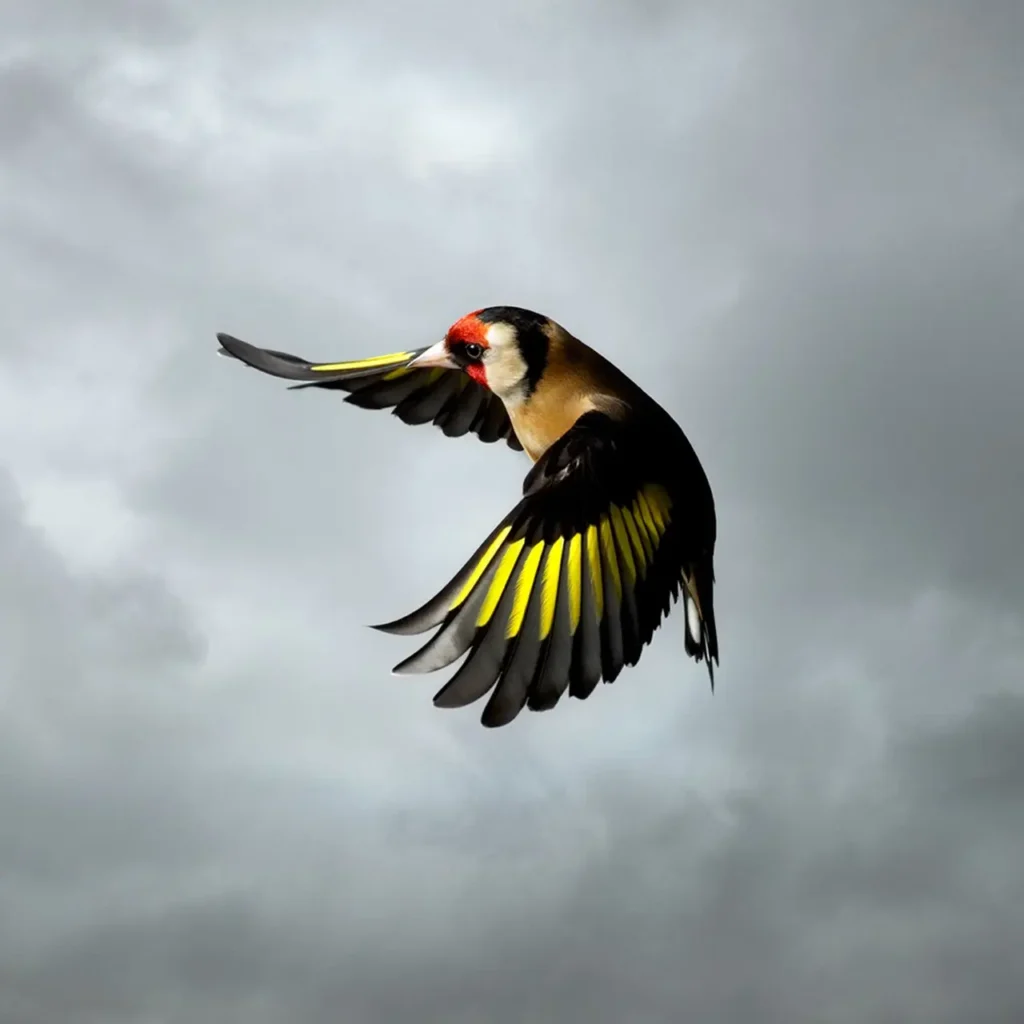

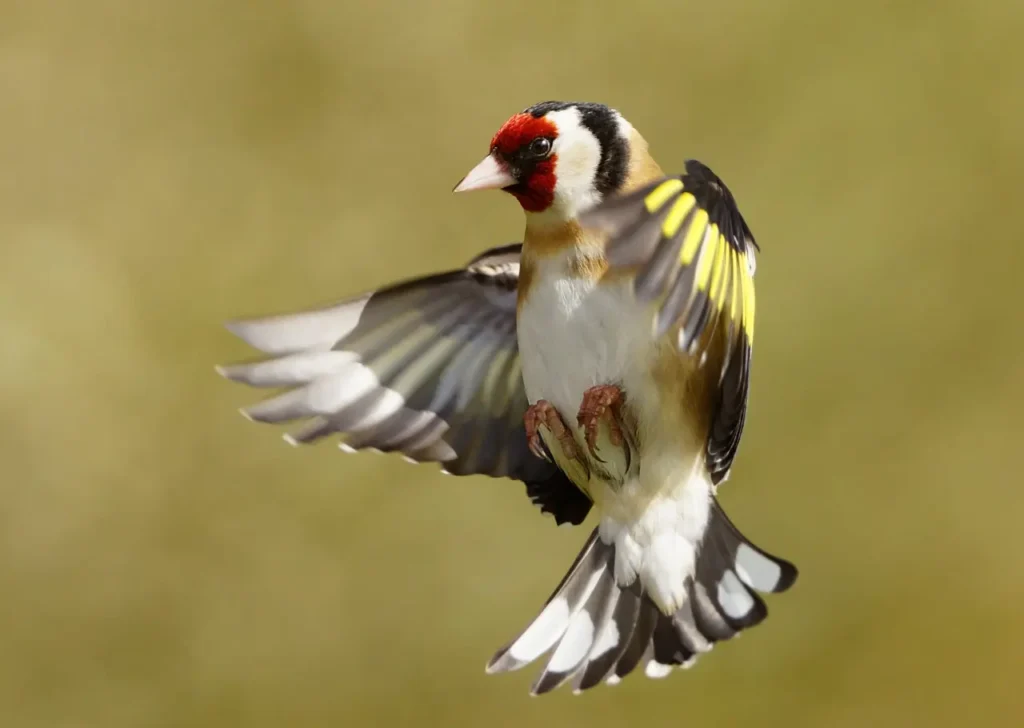

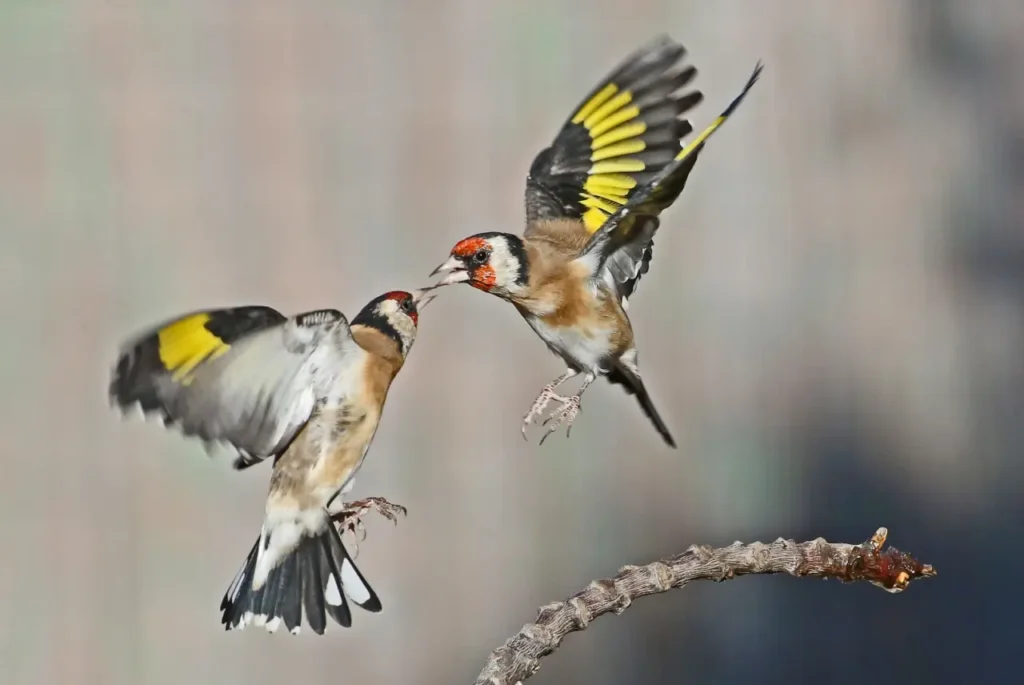
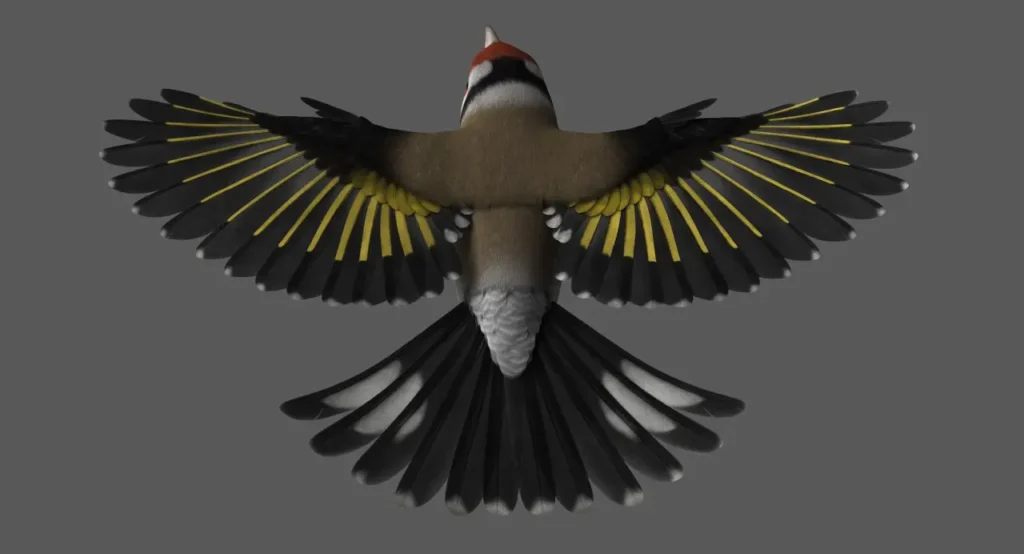
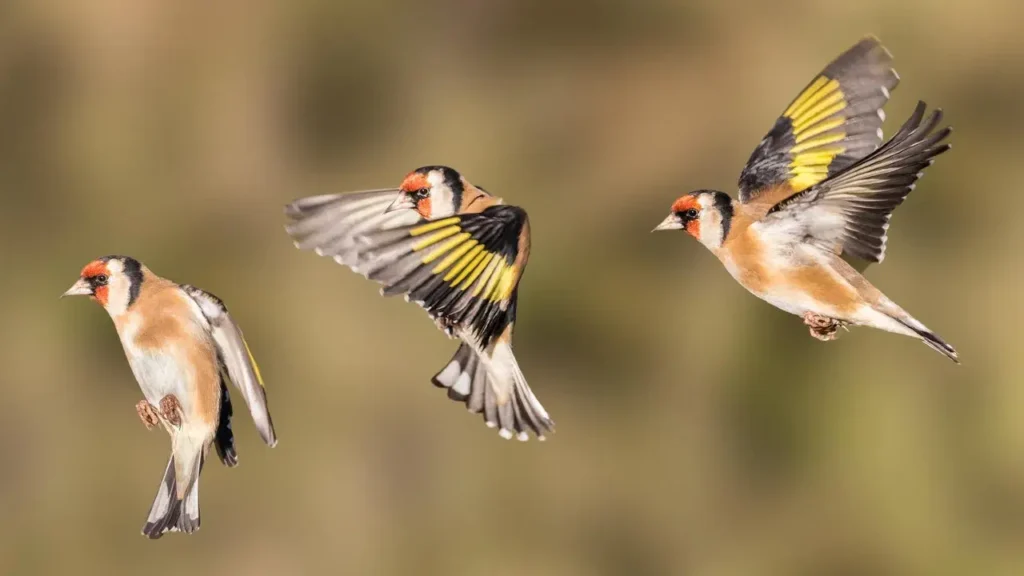
The European Goldfinch graces the European panorama with its dazzling hues and captivating melodies, captivating all who encounter its elegance and charm. As an embodiment of beauty and happiness, this endearing bird serves as a poignant reminder of nature’s marvels and the importance of safeguarding the varied ecosystems that sustain its existence. By cultivating a deeper appreciation for the European Goldfinch and its avian companions, we contribute to the safeguarding of these captivating creatures, guaranteeing that their vibrant presence continues to invigorate and elevate us for generations to come.




